
The Majestic Grandeur of Château de Versailles
Discover the timeless elegance and historical splendor of Château de Versailles, the epitome of royal opulence and a must-visit landmark near Paris.
Château de Versailles, located just a short distance from Paris, is an epitome of opulence and a reflection of France's rich history. This former royal residence is a UNESCO World Heritage site and offers an unparalleled experience of grandeur through its magnificent architecture, lavish gardens, and historic significance. Begin your visit by exploring the Hall of Mirrors, a dazzling gallery where the Treaty of Versailles was signed. The hall's 357 mirrors reflect the grandeur of the Sun King's reign and offer a glimpse into the opulence of the French court. Don't miss the King's and Queen's Apartments, each room adorned with elaborate decor and priceless artworks that narrate the lives of the Bourbon monarchy. Venture outside to the extensive gardens designed by André Le Nôtre, which span over 800 hectares. The gardens feature meticulously manicured lawns, ornamental lakes, and grand fountains that come alive during the musical fountain shows. The Grand Trianon and Petit Trianon offer a more intimate view of royal life, away from the splendor of the main palace. For a complete experience, visit the Estate of Marie-Antoinette, where you can stroll through the charming hamlet and see the Queen's Theatre. This part of the estate provides a serene contrast to the grandeur of the palace, offering insights into the more personal aspects of royal life.
Local tips in Château de Versailles
- Arrive early to avoid long queues, especially during peak tourist season.
- Purchase a Passport ticket for access to all areas, including the palace, gardens, and Trianon estates.
- Wear comfortable shoes as there is a lot of walking involved, particularly in the expansive gardens.
- Check the schedule for the musical fountain shows and plan your visit accordingly.
- Consider renting a golf cart or bicycle to explore the vast gardens more easily.
The Majestic Grandeur of Château de Versailles
Château de Versailles, located just a short distance from Paris, is an epitome of opulence and a reflection of France's rich history. This former royal residence is a UNESCO World Heritage site and offers an unparalleled experience of grandeur through its magnificent architecture, lavish gardens, and historic significance. Begin your visit by exploring the Hall of Mirrors, a dazzling gallery where the Treaty of Versailles was signed. The hall's 357 mirrors reflect the grandeur of the Sun King's reign and offer a glimpse into the opulence of the French court. Don't miss the King's and Queen's Apartments, each room adorned with elaborate decor and priceless artworks that narrate the lives of the Bourbon monarchy. Venture outside to the extensive gardens designed by André Le Nôtre, which span over 800 hectares. The gardens feature meticulously manicured lawns, ornamental lakes, and grand fountains that come alive during the musical fountain shows. The Grand Trianon and Petit Trianon offer a more intimate view of royal life, away from the splendor of the main palace. For a complete experience, visit the Estate of Marie-Antoinette, where you can stroll through the charming hamlet and see the Queen's Theatre. This part of the estate provides a serene contrast to the grandeur of the palace, offering insights into the more personal aspects of royal life.
Iconic landmarks you can’t miss
Palace of Versailles
Explore the grandeur of the Palace of Versailles, a UNESCO World Heritage site, featuring opulent architecture, stunning gardens, and rich royal history.

Gardens of Versailles
Discover the majestic Gardens of Versailles, a masterpiece of landscape design, where beauty and history intertwine in a royal setting.
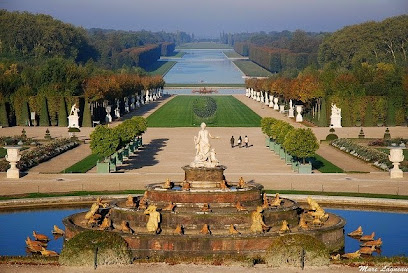
Versailles Cathedral
Discover the architectural beauty and historical significance of Versailles Cathedral, a cherished spiritual landmark in the heart of Versailles, France.
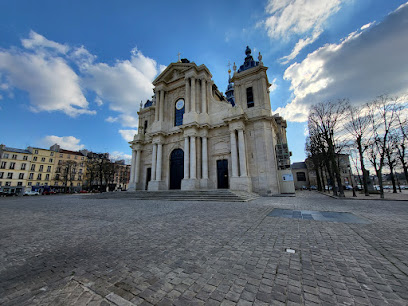
Hall of Mirrors
Discover the breathtaking beauty and rich history of the Hall of Mirrors at the Palace of Versailles, a masterpiece of French art and architecture.
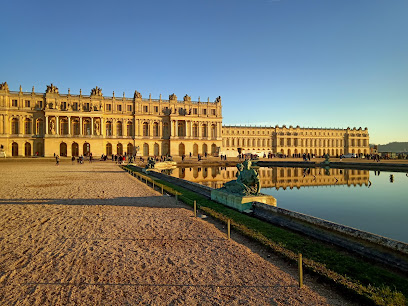
Royal Chapel
Discover the Royal Chapel at Versailles: A stunning Baroque masterpiece featuring intricate art and history, perfect for cultural enthusiasts and history lovers alike.
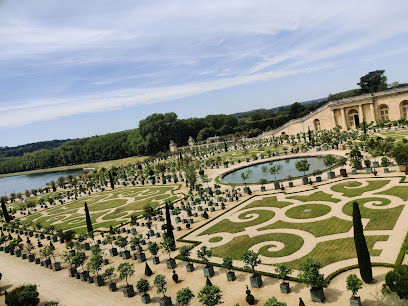
Château de Versailles Spectacles
Discover the enchanting performances at Château de Versailles Spectacles, where history comes alive in the grandeur of one of France's most iconic landmarks.

View on the Palace of Versailles
Discover breathtaking views of the Palace of Versailles from this observation deck, capturing the essence of French royal history and architectural beauty.

Royal Courtyard
Explore the Royal Courtyard in Versailles, a stunning historical landmark showcasing the opulence of French monarchy with breathtaking architecture and serene gardens.
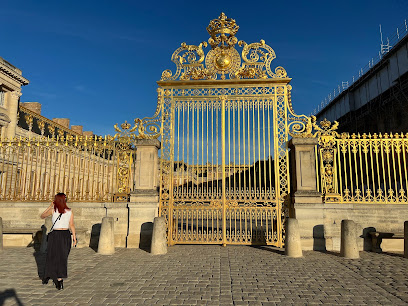
La Loire
Discover La Loire, an exquisite sculpture in Versailles, where art meets nature in a serene and breathtaking setting.
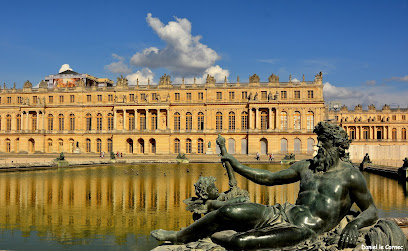
Versal
Discover the grandeur of the Palace of Versailles, a UNESCO World Heritage site, rich in history, art, and stunning gardens.
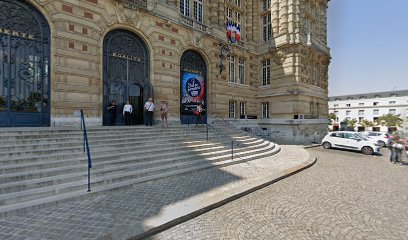
Unmissable attractions to see
Queen's House
Explore the enchanting Queen's House at Versailles, a historical landmark showcasing the charm and elegance of French royal life.
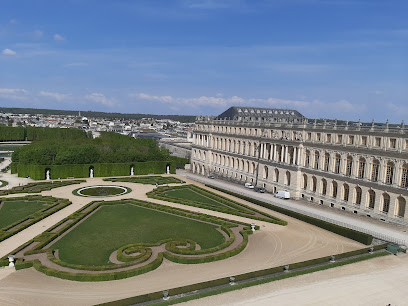
View on the Palace of Versailles
Discover the stunning panoramas from the Palace of Versailles, where royal history meets breathtaking gardens and architecture.
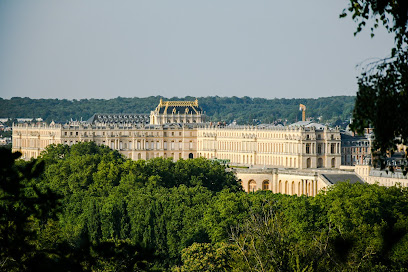
Essential places to dine
La Flottille
Discover exquisite French cuisine at La Flottille, nestled in the enchanting gardens of Versailles' iconic Château.
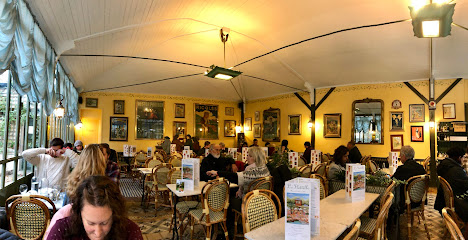
Le Pincemin
Indulge in exquisite Haute French cuisine at Le Pincemin in Versailles, where every meal is a masterpiece crafted with passion.
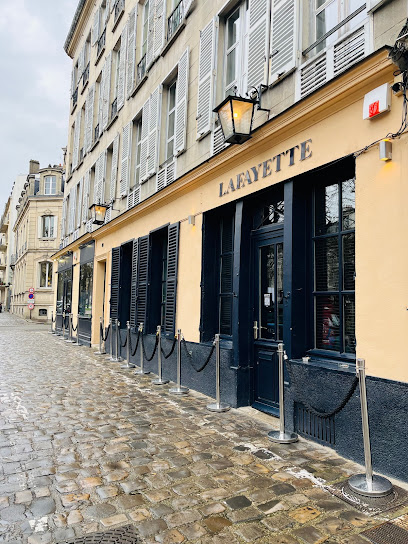
AZULI
Experience exquisite Mediterranean cuisine at AZULI in Versailles—where every meal is a journey through vibrant flavors.
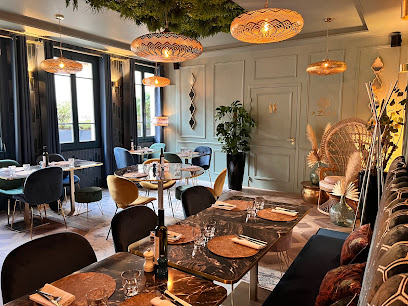
Ore - Ducasse au château de Versailles
Dine amidst history at Ore - Ducasse au Château de Versailles, where exquisite French cuisine meets regal elegance.
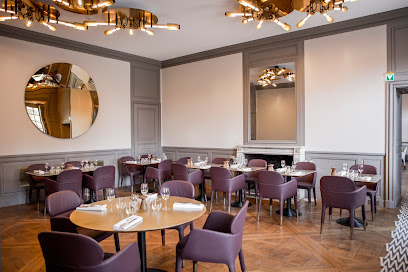
La Petite Venise
Discover exquisite French and Italian cuisine at La Petite Venise in Versailles, where every meal is a celebration of flavor amidst stunning surroundings.
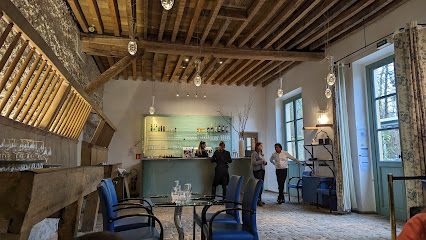
Restaurant La Tour
Experience exquisite French cuisine at Restaurant La Tour in Versailles – where tradition meets modern culinary art.
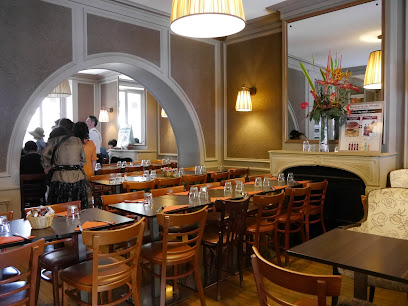
La Table du 11
Experience the finest modern French cuisine at La Table du 11 in Versailles - where every dish is a masterpiece.
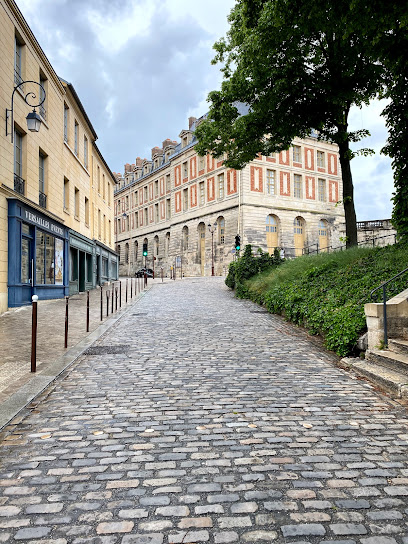
Restaurant Les quatre saisons
Discover seasonal French cuisine at Restaurant Les Quatre Saisons in Versailles - where every dish tells a story.
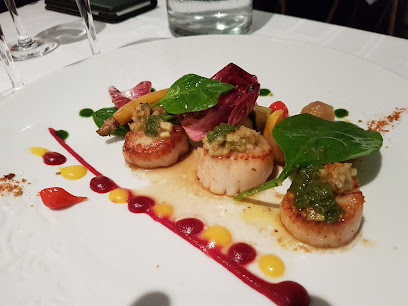
La Guinguette
Experience authentic French cuisine at La Guinguette in Versailles - where every meal is a celebration of local flavors and culture.
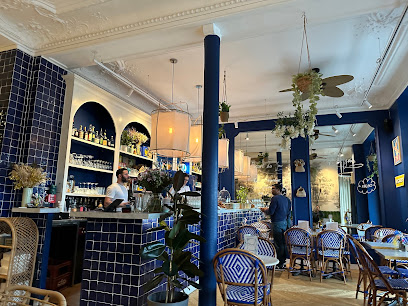
Vous restaurant
Experience authentic French cuisine in Versailles at Vous Restaurant - where tradition meets culinary innovation.
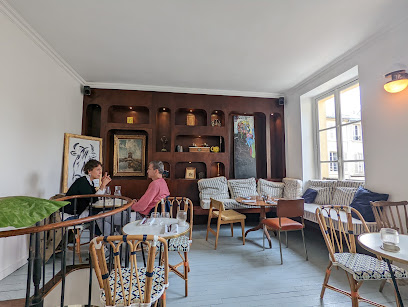
Markets, malls and hidden boutiques
Manga story Versailles
Explore the world of anime at Manga Story Versailles, a premier figurine shop with an extensive collection of collectibles and unique merchandise.
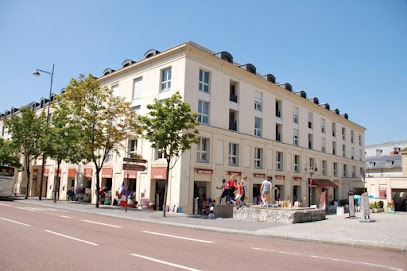
La cour des senteurs
Discover the aromatic treasures of La Cour des Senteurs in Versailles, where unique gifts celebrate the essence of French craftsmanship.

Ladurée
Experience the opulence of Versailles with a delightful visit to Ladurée, home to exquisite pastries, chocolates, and gourmet treats.

La Route du Thé à Versailles
Experience the exquisite selection of teas at La Route du Thé, a charming tea store in Versailles, where tradition meets tranquility.
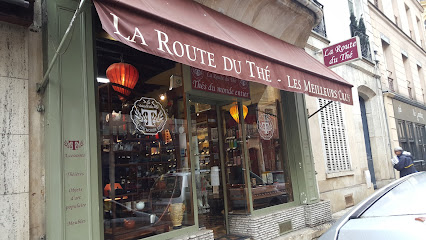
See You
Explore See You in Versailles for a stylish selection of men's clothing, accessories, and leather goods in a chic boutique atmosphere.
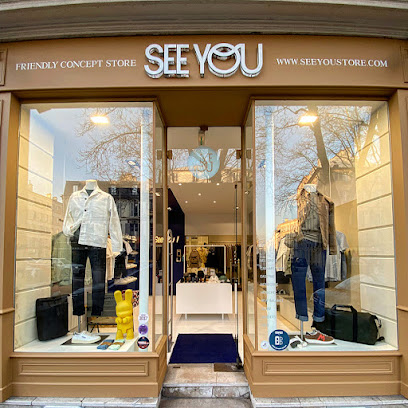
Outlet Marques
Explore the stylish offerings of Outlet Marques in Versailles, where fashion meets history in a delightful shopping experience.
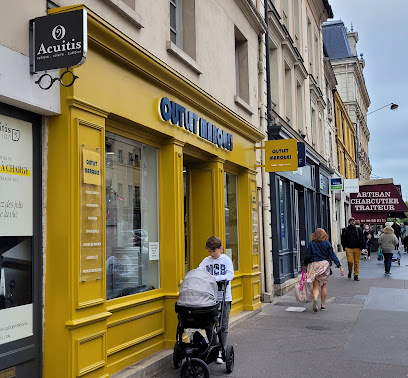
Asamaya
Discover exquisite home goods at Asamaya, a charming store in Versailles offering unique French decor and accessories for your home.
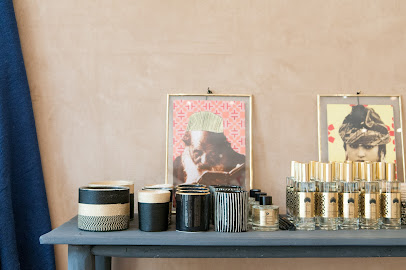
Senteurs de France
Discover the essence of France at Senteurs de France, a charming gift basket store in Versailles offering artisanal delights and fragrant souvenirs.
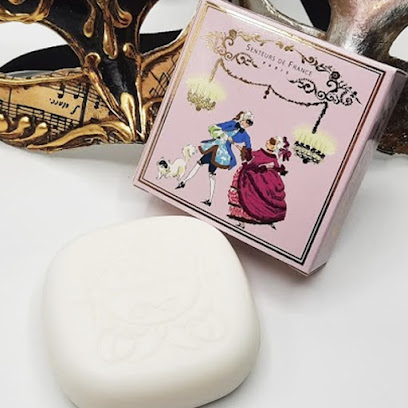
V & V
Discover the enchanting world of fragrances at V & V in Versailles, where every scent tells a story and every item is a treasure.
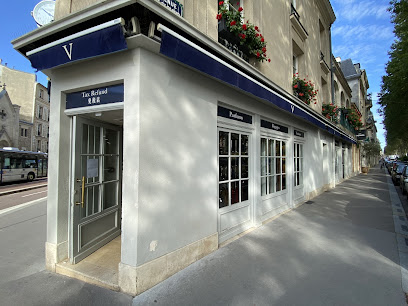
Boutique Cour de Marbre
Discover French elegance at Boutique Cour de Marbre, a unique clothing store within the historic Palace of Versailles.

Essential bars & hidden hideouts
O'Paris
Discover the charm of O'Paris in Versailles, where local drinks and good company create unforgettable moments.
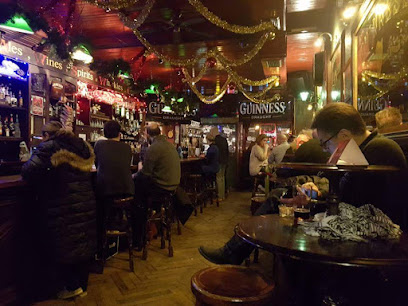
La Pirogue
Discover La Pirogue in Versailles - a cocktail bar and restaurant where exquisite drinks meet unforgettable dining experiences.
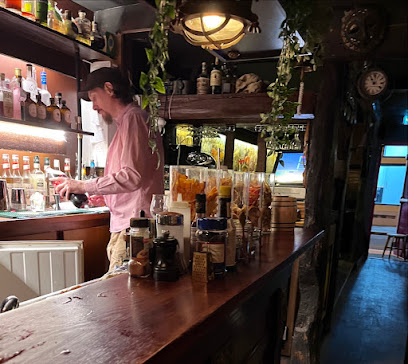
The Coup d'Etat
Experience the culinary charm of The Coup d'État in Versailles, where traditional French flavors meet modern grill specialties in a delightful setting.
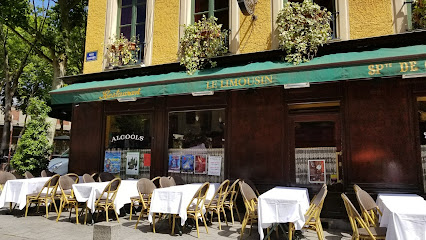
No Water - Bar à vins
Explore the vibrant wine culture of Versailles at No Water, where exquisite wines and delicious tapas create unforgettable moments.
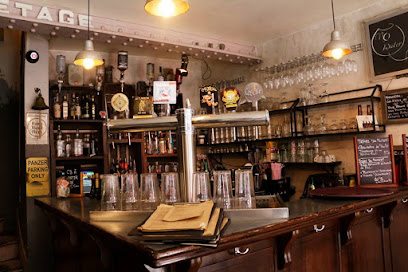
Les Badauds
Experience the vibrant nightlife of Versailles at Les Badauds, where great drinks and a lively atmosphere await you.
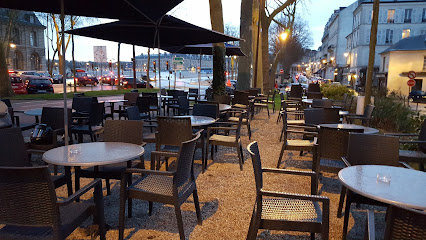
L'Equilibre - Bar à vins et Tapas
Discover the charm of L'Equilibre, where exquisite wines and delicious tapas create the perfect pairing in Versailles.

Au Rendez Vous Des Touristes
Discover the charm of Versailles at Au Rendez Vous Des Touristes, where local wines and delightful snacks await in a cozy bar atmosphere.
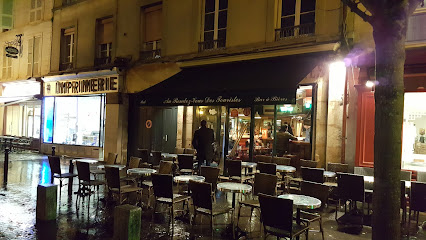
Le loft
Experience the vibrant nightlife of Versailles at Le Loft, where craft brews meet delicious tapas in a lively salsa bar atmosphere.

Le Bar du Château
Discover the vibrant flavors of Le Bar du Château, a must-visit bar and restaurant in the heart of Versailles, offering exquisite dishes and local brews.

Bar Galerie
Discover the elegance of Bar Galerie in Versailles, where exquisite cuisine meets refined ambiance for an unforgettable experience.
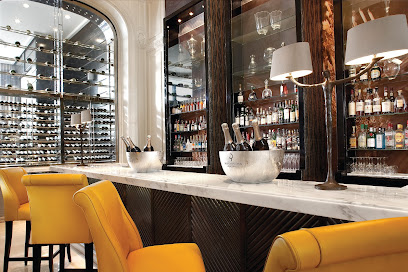
Local Phrases
-
- HelloBonjour
[bohn-zhoor] - GoodbyeAu revoir
[oh ruh-vwahr] - YesOui
[wee] - NoNon
[nohn] - Please/You're welcomeS'il vous plaît/De rien
[seel voo pleh/duh ryen] - Thank youMerci
[mehr-see] - Excuse me/SorryExcusez-moi/Désolé
[ehk-skyoo-zay mwah/dehz-oh-lay] - How are you?Comment ça va?
[koh-mohn sah vah] - Fine. And you?Bien. Et vous?
[byan. ay voo] - Do you speak English?Parlez-vous anglais?
[par-lay voo ahn-glay] - I don't understandJe ne comprends pas
[zhuh nuh kohm-prahn pah]
- HelloBonjour
-
- I'd like to see the menu, pleaseJe voudrais voir le menu, s'il vous plaît
[zhuh voo-dray vwahr luh men-oo, seel voo pleh] - I don't eat meatJe ne mange pas de viande
[zhuh nuh mahnj pah duh vyand] - Cheers!Santé!
[sahn-tay] - I would like to pay, pleaseJe voudrais payer, s'il vous plaît
[zhuh voo-dray pay-ay, seel voo pleh]
- I'd like to see the menu, pleaseJe voudrais voir le menu, s'il vous plaît
-
- Help!Au secours!
[oh suh-koor] - Go away!Allez-vous en!
[ah-lay voo zahn] - Call the Police!Appelez la police!
[ah-peh-lay lah poh-lees] - Call a doctor!Appelez un médecin!
[ah-peh-lay uh mayd-sahn] - I'm lostJe suis perdu(e)
[zhuh swee pair-doo(e)] - I'm illJe suis malade
[zhuh swee mah-lahd]
- Help!Au secours!
-
- I'd like to buy...Je voudrais acheter...
[zhuh voo-dray zahsh-tay...] - I'm just lookingJe regarde juste
[zhuh ruh-gard zhuhst] - How much is it?Combien ça coûte?
[kohm-byen sah koot] - That's too expensiveC'est trop cher
[say troh shair] - Can you lower the price?Pouvez-vous baisser le prix?
[poo-vez voo beh-say luh pree]
- I'd like to buy...Je voudrais acheter...
-
- What time is it?Quelle heure est-il?
[kel uhr ay-tee] - It's one o'clockIl est une heure
[eel ay oon uhr] - Half past (10)Dix heures et demie
[dees uhr ay duh-mee] - MorningMatin
[mah-tahn] - AfternoonAprès-midi
[ah-pray mee-dee] - EveningSoir
[swahr] - YesterdayHier
[yehr] - TodayAujourd'hui
[oh-zhoor-dwee] - TomorrowDemain
[duh-man] - 1Un
[uhn] - 2Deux
[duh] - 3Trois
[trwah] - 4Quatre
[kahtr] - 5Cinq
[sank] - 6Six
[sees] - 7Sept
[seht] - 8Huit
[weet] - 9Neuf
[nuhf] - 10Dix
[dees]
- What time is it?Quelle heure est-il?
-
- Where's a/the...?Où se trouve...?
[oo suh troov] - What's the address?Quelle est l'adresse?
[kel ay lahd-rehs] - Can you show me (on the map)?Pouvez-vous me montrer (sur la carte)?
[poo-vez voo muh mohn-tray (soor lah kart)] - When's the next (bus)?Quand est le prochain (bus)?
[kahn ay luh proh-shahn (boos)] - A ticket (to ....)Un billet (pour ...)
[uhn bee-yay (poor)]
- Where's a/the...?Où se trouve...?
History of Château de Versailles
-
The history of the Château de Versailles began in the early 17th century when Louis XIII commissioned the construction of a hunting lodge in the area. This initial structure marked the transformation of a simple village into a site of monumental significance. The lodge was expanded and renovated, becoming a grand palace under the direction of Louis XIV, who envisioned Versailles as the center of political power in France.
-
Under Louis XIV, the Château de Versailles became the epitome of royal luxury and architectural brilliance. The king relocated his court to Versailles in 1682, leading to the establishment of an elaborate court life. The palace's gardens, designed by André Le Nôtre, reflected the grandeur of the era and symbolized the absolute power of the monarchy, showcasing the king's control over nature.
-
The Château de Versailles is also historically significant for being the site of the Treaty of Versailles, which officially ended World War I in 1919. The signing took place in the Hall of Mirrors, a location that had previously served as a backdrop for numerous royal events, now repurposed to signal a new chapter in international relations.
-
The French Revolution drastically altered the landscape of Versailles. In 1789, following the storming of the Bastille, the royal family was forced to leave the palace and return to Paris. This marked the decline of the royal presence in Versailles and shifted the site from a symbol of monarchy to one of revolutionary fervor. By the 19th century, the palace faced neglect until it was restored and became a national museum.
-
Today, the Château de Versailles is not only a UNESCO World Heritage site but also one of the most visited monuments in France. It stands as a symbol of France's artistic and political heritage, attracting millions of visitors each year. The culture surrounding Versailles includes not only its exquisite architecture and gardens but also its role in shaping French art, literature, and societal norms throughout the centuries.
Château de Versailles Essentials
-
Château de Versailles is easily accessible from various neighborhoods in Versailles. The RER C train line connects central Paris to Versailles, with a journey time of about 30-40 minutes. From the Versailles Château-Rive Gauche station, it's a short 10-minute walk to the palace. Alternatively, local buses (lines 171 and 30) also serve the area. If you're coming from other parts of Versailles, walking or cycling can be pleasant options, as the area around the château is pedestrian-friendly and well-marked.
-
Once at Château de Versailles, the best way to explore is on foot. The expansive gardens and estate span over 800 hectares, offering numerous walking paths and beautiful scenery. For those who prefer not to walk, bicycle rentals are available nearby, allowing you to traverse the grounds at a leisurely pace. The local bus network is limited but can be used to reach nearby attractions. If you're planning to visit other sites like the Grand Trianon or the Queen's Hamlet, expect a pleasant walk of around 20-30 minutes.
-
Château de Versailles is generally a safe area for tourists. However, standard precautions should be taken, especially in crowded areas where pickpocketing can occur. Avoid isolated areas of the gardens after dark and be cautious around large crowds during peak tourist seasons. While there are no specific high-crime areas targeting tourists, it’s advisable to stay vigilant and keep your belongings secure.
-
In case of emergency, dial 112 for immediate assistance in France. For police assistance, you can contact the local police station at +33 1 30 83 50 00. Medical emergencies can be addressed at nearby hospitals, with the closest being Hôpital André Mignot. It’s recommended to have travel insurance that covers medical emergencies and keep a list of emergency contacts handy. Pharmacies are widely available for minor health issues.
-
Fashion: Do wear comfortable shoes for walking; the grounds are extensive. Don’t wear overly casual attire such as beachwear. Religion: Do respect the quiet and solemnity of chapels within the estate. Public Transport: Do validate your ticket before boarding the train; fines apply for those without a valid ticket. Don’t block the doors of public transport. Greetings: Do greet locals with a polite 'Bonjour' during the day. Eating & Drinking: Do enjoy a picnic in the gardens; designated areas are available. Don’t eat or drink inside the palace.
-
To experience Château de Versailles like a local, consider visiting on a weekday to avoid the larger crowds present on weekends. Early morning or late afternoon visits can provide a more serene atmosphere. Explore the lesser-known areas of the gardens, such as the Petit Trianon and the Queen's Hamlet, which are often less crowded. Engage with local vendors at nearby markets for fresh produce and artisanal goods. Lastly, check the palace’s official website for special events or exhibitions that may be occurring during your visit, as these can offer unique insights into the history and culture of Versailles.
Nearby Cities to Château de Versailles
-
Things To Do in Paris
-
Things To Do in Rouen
-
Things To Do in Amiens
-
Things To Do in Reims
-
Things To Do in Caen
-
Things To Do in Tours
-
Things To Do in Lille
-
Things To Do in Tournai
-
Things To Do in Mons
-
Things To Do in Ypres
-
Things To Do in Kortrijk
-
Things To Do in Angers
-
Things To Do in Dinant
-
Things To Do in Nieuwpoort
-
Things To Do in Namur













